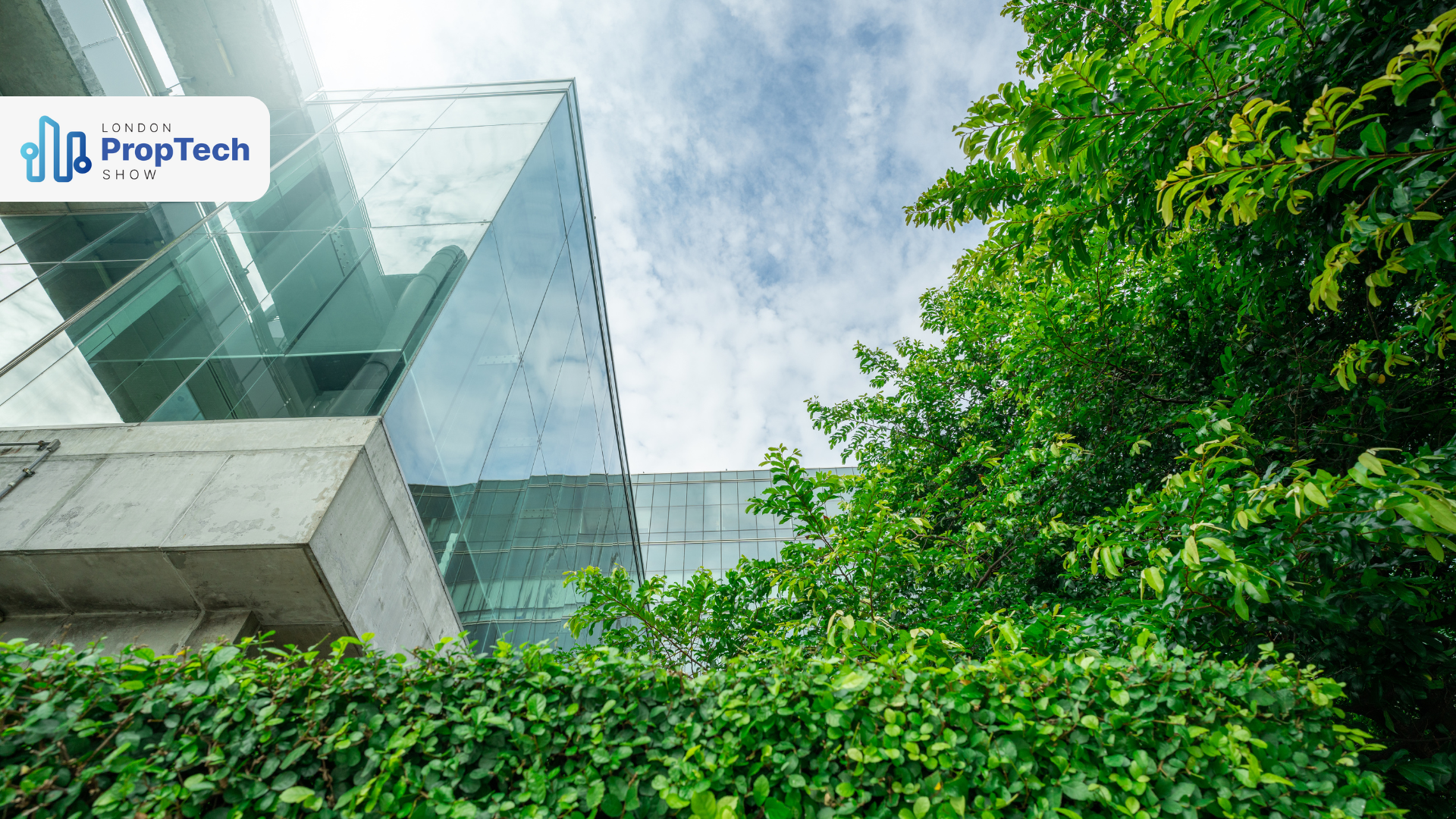As the real estate industry continues to evolve, sustainability has become a critical focus, particularly with the growing environmental, social, and governance (ESG) requirements. A significant advancement in this area is the concept of Green Leasing 2.0, which promotes collaboration between building owners and occupiers to achieve ambitious decarbonisation targets, reduce carbon footprints, and enhance long-term operational efficiency in buildings. According to a report by JLL, Green Leasing 2.0 transforms traditional leasing models into more equitable partnerships, emphasising the importance of ongoing engagement rather than treating leasing as a one-time event.
At the core of Green Leasing 2.0 is the integration of technology and data sharing, which are essential for effectively monitoring sustainability metrics. Many buildings struggle to meet their net-zero carbon (NZC) commitments due to inefficient operations, highlighting the crucial role of technology in this process. PropTech solutions offer tools for tracking energy consumption, water usage, and emissions, enabling stakeholders to make informed decisions regarding building upgrades and operational improvements. Real-time data monitoring facilitates quick adjustments, ensuring compliance with increasingly stringent regulations on carbon emissions and sustainability disclosures.
The report highlights that collaboration is a fundamental aspect of this new leasing approach. Historically, relationships between owners and occupiers have often been contentious, particularly regarding the allocation of costs for sustainability upgrades. Green Leasing 2.0 encourages both parties to engage in equitable partnerships that share the benefits of operational savings. For instance, investments in solar panels or energy-efficient retrofits can lead to significant long-term cost reductions for both owners and occupiers. This shift in mindset is crucial for advancing the sustainability agenda.
Moreover, Green Leasing 2.0 promotes flexibility in lease structures, encouraging continuous engagement between owners and occupiers throughout the lease term. This ongoing collaboration ensures that sustainability goals are not only established at the beginning of the lease but are also actively pursued and achieved throughout its duration. By creating an environment where both parties work together towards common goals, Green Leasing 2.0 helps dismantle traditional barriers and build trust.
According to the JLL report, the integration of technology is key to scaling Green Leasing initiatives. By providing tools for data collection, energy management, and effective communication, PropTech enables both owners and occupiers to engage in meaningful partnerships. As companies increasingly commit to NZC targets, the need for efficient retrofitting of older buildings and tracking ESG performance will become more pronounced. In the U.K. alone, over 1.2 billion square feet of office space is expected to face lease expirations before 2030, presenting a significant opportunity for collaboration on decarbonisation through green leases.
In this context, the urgency for action cannot be overstated. The report indicates that transitioning to a sustainable real estate model requires innovative approaches, with education and engagement as essential enablers of success. Stakeholders need to prioritise shared values and align their goals, ensuring that the benefits of sustainable practices are transparent and mutually understood. For example, incorporating clauses for data sharing and protecting environmental performance ratings within lease agreements promotes a culture of collaboration and accountability.
Green Leasing 2.0 represents a significant evolution in the real estate sector, highlighting the need for strong collaboration between building owners and occupiers to achieve shared sustainability goals. By utilising technology and data and promoting ongoing engagement, this approach is designed to overcome traditional obstacles and create meaningful partnerships. The path to a more sustainable built environment is now more attainable, and the collective responsibility shared between owners and occupiers will play an essential role in transforming the industry for future generations.


